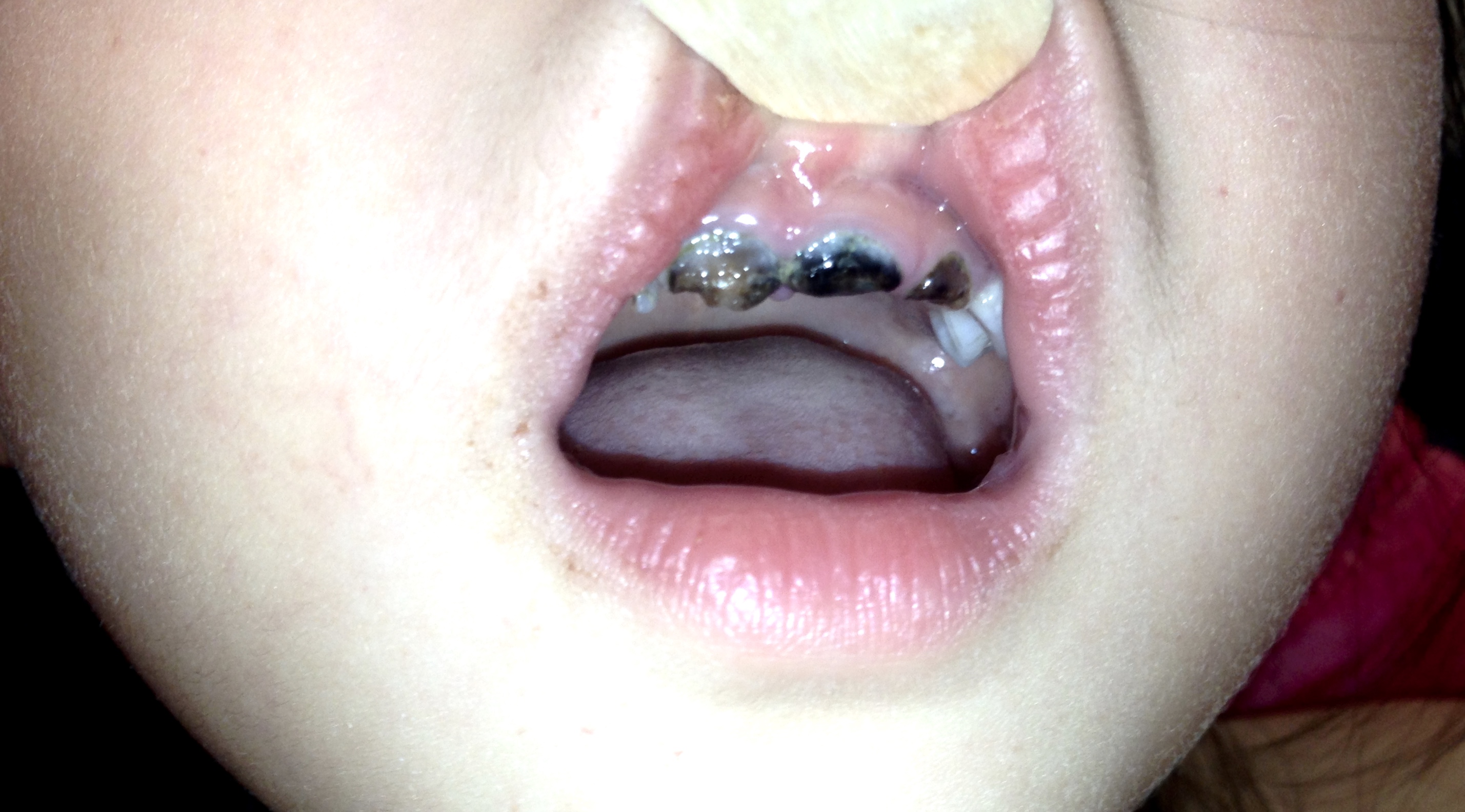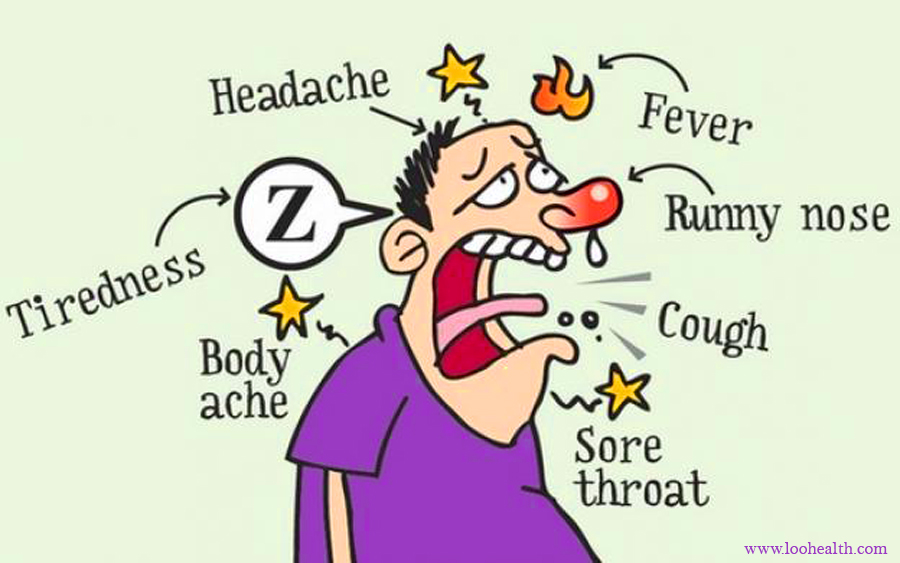-
Gallery of Images:

-
Anxiety disorders are among the most common psychiatric disorders in children and adolescents. They commonly interfere with peer relationships, schooling and family life, and persist into adulthood if. By Saint Louis Behavioral Medicine Institute. Research suggest approximately 5 to 18 of children suffer from an anxiety disorder. A complete guide to anxiety disorders, including panic attacks, phobias and generalized anxiety disorder. Anxiety disorders are a type of mental illness characterized by extreme, debilitating. Does any of this sound like your child or teen? As a result, parents of anxious children and teens are often confused about what to do, as well as frustrated, and overwhelmed. The good news: Anxiety can be successfully managed! AnxietyBC is an affiliate of Anxiety Disorders Association of Canada Whereas trait anxiety represents worrying about future events, anxiety disorders are a group of mental disorders characterized by feelings of anxiety and fear. and developmental disabilities often lead to social anxiety for children as well. Lifethreatening conditions like cancer also cause anxiety. In the UK, anxiety disorders are estimated to affect 519 of all children and adolescents, and about 25 of children younger than 12. How common are anxiety disorders in children? Anxious feelings, worries, or fears are common among children and adolescents. Many children experience a normal amount of apprehension in certain situations, whether it is about an upcoming test at school or a thunderstorm. Anxiety disorders are among the most common mental health conditions. That's partly because everyone experiences stress and worry. With this common anxiety disorder, children worry excessively about many things, such as school, the health or safety of family members, or the future in general. The anxiety will be exhibited in almost all social situations, not just occasionally. And for children, it must be present in peer settings, not with adults. Dialectical Behavior Therapy Treats Anxiety Successfully nonprofit organizations and institutions such as: the Anxiety Disorders program of the Jane Terry Semel Institute for. Anxiety and depression are treatable, Research shows that untreated children with anxiety disorders are at higher risk to perform poorly in school, miss out on important social experiences, and engage in substance abuse. Types of Anxiety Disorders in Children Generalized anxiety disorder. Children who have generalized anxiety disorder, or GAD, experience constant, excessive, and uncontrollable fears about any number of everyday things such as grades, family issues, performing well. Anxiety in children is common with about 1 in 8 kids having an anxiety disorder. Learn the signs of anxiety in children and what causes childhood anxiety. Anxiety and Children: Symptoms, Causes of Childhood Anxiety. Some other treatments for childrens anxiety disorders include controlled exposure (which is repeated, gradual and planned exposure to the thing or event that the child is anxious about), and improving sleepmanagement skills with meditation or yoga. Anxiety disorders are the most common type of psychological problem found in children and adolescents, affecting one in 10 youth at high enough levels to warrant a diagnosis. Anxiety disorders run in families, and children with anxiety are likely to have siblings or parents who also suffer from excessive anxiety. It may be time to get help if anxiety attack is severe or when anxiety doesn't stop. It's normal to be anxious at times. It may be time to get help if anxiety attack is severe or when anxiety doesn't stop. Separation anxiety in children (Medical Encyclopedia) Also in Spanish; Stress and your health (Medical. No Panic are the people to call if you are suffering from panic attacks, OCD, phobias, and other related anxiety disorders. Be part of YoungMinds' life changing work by giving us permission to keep in touch. Join the conversation on our social channels. anxiety disorders in children and adolescents prior to the twentieth century. Even in publications on the history of child and adolescent psychiatry (e. Explore information about anxiety disorders, including signs and symptoms, treatment, research and statistics, and clinical trials. Examples of anxiety disorders include generalized anxiety disorder (GAD), panic disorder, and social anxiety disorder. Anxiety Studies for Children; Featured Publications About Anxiety Disorders Generalized. Like adults, children can experience anxiety disorders; between 10 and 20 percent of all children will develop a fullfledged anxiety disorder prior to the age of 18, making anxiety the most common mental health issue in young people. Anxiety disorders in children are often more challenging to identify than their adult counterparts owing to the. Learn to cope with anxiety in children. Child Mind Institute shares what to do and not to do, anxiety treatments, and behavioral modification techniques. Child Mind Institute Child Mind Institute. Anxiety Disorders Center; Learning and Development Center; Mood Disorders Center; Psychopharmacology Center; New OCD Intensive Program Learn More. Children and teens have anxiety in their lives, just as adults do, and they can suffer from anxiety disorders in much the same way. Stressful life events, such as starting school, moving, or the loss of a parent, can trigger the onset of an anxiety disorder, but a specific stressor need not be the. Anxiety Disorders in Children and Adolescents, Second Edition: : Anxiety Disorders in Children and Adolescents, It had some good information about anxiety disorders and children that can be used for treatment. If your child has generalized anxiety disorder, or GAD, he or she will worry excessively about a variety of things such as grades, family issues, relationships with peers, and performance in sports. Many children experience separation anxiety between 18. Examples of anxiety disorders include generalized anxiety disorder, social anxiety disorder (social phobia), specific phobias and separation anxiety disorder. Selective mutism is a consistent failure of children to speak in certain situations, such as school, even when they can speak in other situations, such as at home with close family. A child or adolescent may have an anxiety disorder if anxiety is a pattern causing persistent problems. Several types of anxiety disorders exist, impairing social, personal, or. Anxiety disorders are among the most common mental health conditions. They affect people of all ages adults, children, and teens. There are many different types of. There are many common behaviors seen in children with ASD that overlap with symptoms seen in varying anxiety disorders. For example, the obsessions and compulsions of ObsessiveCompulsive Disorder may look similar to repetitive and stereotyped behaviors in children with ASD. Please select the anxiety disorder for which you would like to receive more information. Each selection includes information on the anxiety disorder, its symptoms, and the types of nondrug treatment strategies used with children and adolescents with anxiety disorders. Anxiety Disorders in Children Many different anxiety disorders that affect children and adolescents require clinical care by a doctor or other health care professional. Listed in the directory below are some, for which we have provided a brief overview. When children become anxious more easily, more often and more intensely than other children, they may be diagnosed with an anxiety disorder. The most common anxiety disorders in children of primary school age are phobias, generalised anxiety disorder and separation anxiety. children with anxiety disorders The learner will be able to identify one evidence based treatment (medication or therapy) for treating anxiety disorders in children and WebMD explains anxiety disorders in children, including generalized anxiety disorder (GAD), obsessive compulsive disorder (OCD), panic disorder, and social phobia. Anxiety disorders in children Anxiety disorders are among the most prevalent mental problems in childhood and adolescence affecting ny as 10 21 of all children and youth. This estimate indicates that 1 in 5 children and youth or 4 to 6 students within a classroom of 30 children are at risk for experiencing an anxiety [ Journal of Anxiety Disorders is an interdisciplinary journal that publishes research papers dealing with all aspects of anxiety disorders for all age groups (child, adolescent, adult and geriatric). Manuscripts that focus on disorders formerly categorized as anxiety disorders (obsessivecompulsive disorder, posttraumatic stress disorder) and. Anxiety What Anxiety Disorders Look Like in Children. Learn the most common symptoms of Generalized Anxiety Disorder in children, as well as warning signs that may point to OCD, panic disorder, or another related anxiety disorder. Anxiety disorders: Children with anxiety disorders respond to certain things or situations with fear and dread, What Are the Symptoms of Mental Illness in Children. Request PDF on ResearchGate Anxiety and Anxiety Disorders in Children and Adolescents: Developmental Issues and Implications for DSMV This review summarizes findings on the epidemiology and. Anxiety disorders are common; about 1 in 4 Americans will have an anxiety disorder at some point in their lives. Anxiety disorders are mental health problems th Anxiety and mood disorders are among the most common disorders in children and adolescents. They presage later emotional difficulties and disabilities. An understanding of the disorders presentation, common contributing factors and methods of intervention will enable paediatricians and family. Studies suggest that the risk for developing mood and anxiety disorders in preschool children may be linked to differences in temperament. The relationship between temperament and risk or resilience may reflect the influences of brain activity on behavior at. Childhood anxiety disorders are the most common type of psychiatric problemin children. 1 Thesedisorders cause severe impairment and excessive distress. Although and drug therapy exists, these anxious youngsters are virtuallyignored compared with. Learn about anxiety disorders in children. Child Mind Institute provides resources on kinds of anxiety in children, tips for helping them and the best treatments. Accumulating evidence indicates that familyparenting behaviors are associated with the etiology of anxiety disorders in children. This article critically reviews what is known about how family. It's normal for children to feel worried or anxious from time to time such as when they're starting school or nursery, or moving to a new area. But for some children, anxiety affects their behaviour and thoughts every day, interfering with their school, home and social life. Childhood Anxiety Related Disorders; These children have excessive anxiety about being separated from parents andor primary caregivers, such as a grandparent or a nanny, or the home. For example, they may cling or cry when a parent leaves the home, or refuse to go to school, on play dates, or to sleep alone in their own bed. 1 2 IACAPAP Textbook of Child and Adolescent Mental Health I t was not very many years ago that anxiety disorders in children were thought Anxiety disorders are some of the most frequent childhood and adolescent disorders, occurring in about 20 of children and adolescents during any stage of their development 1, 2. Some children may continue to experience anxiety disorders into adulthood 3, 4. Children with any anxiety disorder may. Written by Regine Galanti When a child has anxiety, it often becomes a family rather than individual problem. While an adult with anxiety might suffer alone with racing thoughts of danger, or avoidance of anxiety provoking situations, children with anxiety are best viewed from a perspective that incorporates the whole family. This familyperspective is often [ Anxiety disorders are characterized by fear, worry, or dread that greatly impairs the ability to function normally and that is disproportionate to the circumstances at hand. Anxiety may result in physical symptoms. Treatment is with behavioral therapy and drugs, usually SSRIs.
-
Related Images:











